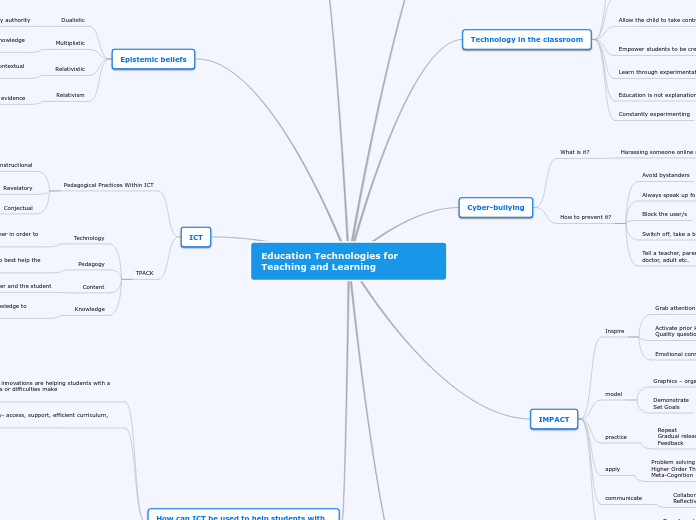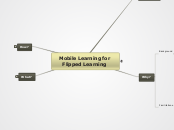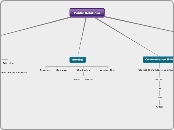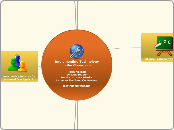Education Technologies for Teaching and Learning
How can ICT be used to help students with disabilities?
Being an expert in technology is not necessary, as long as students are provided the opportunity to use it, they will make the most of the software to help themselves.
Denying students the chance to interact with ICTs and digital information may be the biggest barrier for many students
access hardware for curriculum engagement
switch systems
interactive systems
transformation software
Three step process
Create digital copy
Recognize content (OCR)
Place digital content to an appropriate digital format for the student
communication devices
Screen magnification and enhancement
OCR and screen reading
Braille devices
virtual reality
mouse alternatives
alternative keyboards
Assistive technology- access, support, efficient curriculum, cater framework
Tailored technology innovations are helping students with a variety of disabilities or difficulties make
progress at school.
ICT
TPACK
Knowledge
Student and teacher are equipped with the knowledge to produce intellectual growth
Content
Consets and skills mastered by the teacher and the student
Pedagogy
Strategies and methods the teacher can use to best help the student learn
Technology
Tools, Platforms and Software used by the teacher in order to engage and support the student
Pedagogical Practices Within ICT
Conjectual
Hypothesis manipulation and knowledge development
Revelatory
Activities that lead students to the topic/ concept
Instructional
Learning activities in smaller units with use of positive/negative feedback that leads to improvements
Epistemic beliefs
Relativism
that knowledge is uncertain and
based on the weight of accumulated evidence
Relativistic
most knowledge as tentative and contextual
and generated by the self;
Multiplistic
multiple views but still believe that most knowledge
is certain
Dualistic
right-or-wrong knowledge handed down by authority
SOLE
system
learning
organizing
Example of how to use SOLE
Freedom to inquire and present findings
Big Question
3 to 4 children in a group
self
Gonski Report
“School education must also prepare students for a complex
and rapidly changing world. As routine manual and administrative
activities are increasingly automated, will require a higher level of skill,
and more school leavers will need skills that are not easily replicated by
machines, such as problem-solving, interactive and social skills, and
critical and creative thinking.”
report of the review to achieve educational
excellence in Australian schools
IMPACT
transform
Transform Learners
Create and Design
21st Century Technology
communicate
Collaboration
Reflective learning
apply
Problem solving
Higher Order Thinking
Meta-Cognition
practice
Repeat
Gradual release of responsibility
Feedback
model
Demonstrate
Set Goals
Graphics – organisers, symbols
Inspire
Emotional connection to topic
Activate prior knowledge
Quality questions inspire curiosity
Grab attention
Cyber-bullying
How to prevent it?
Tell a teacher, parent, aunt, sibling, cousin, Chaplin, nurse, doctor, adult etc.
Switch off, take a break from the social media
Block the user/s
Always speak up for others
Avoid bystanders
What is it?
Harassing someone online repeatedly
Technology in the classroom
Constantly experimenting
Education is not explanation its experimentation
Learn through experimentation
experiment with different editing aps to present knowledge, phto collages, videos, animations
Empower students to be creative thinkers
Allow the child to take control of their learning
Give students the chance to do independent study rather than speak in a lecture style lesson. Do this using videos to keep the students on track give the students a Kahoot quiz to keep them accountable
How do we use computers and technology?
Digital Games- Supplement, Enrich and Transform
Using games for creativity
Games such as Minecraft, Myst, Questionaut, kahoot, render forest, etc.
Self Regulated Learning
time management
Effort regulation
Critical Thinking
Peer learning
Meta-cognition
referred to as ‘grit’, effort regulation is managing one’s own
efforts, particularly maintaining effort









